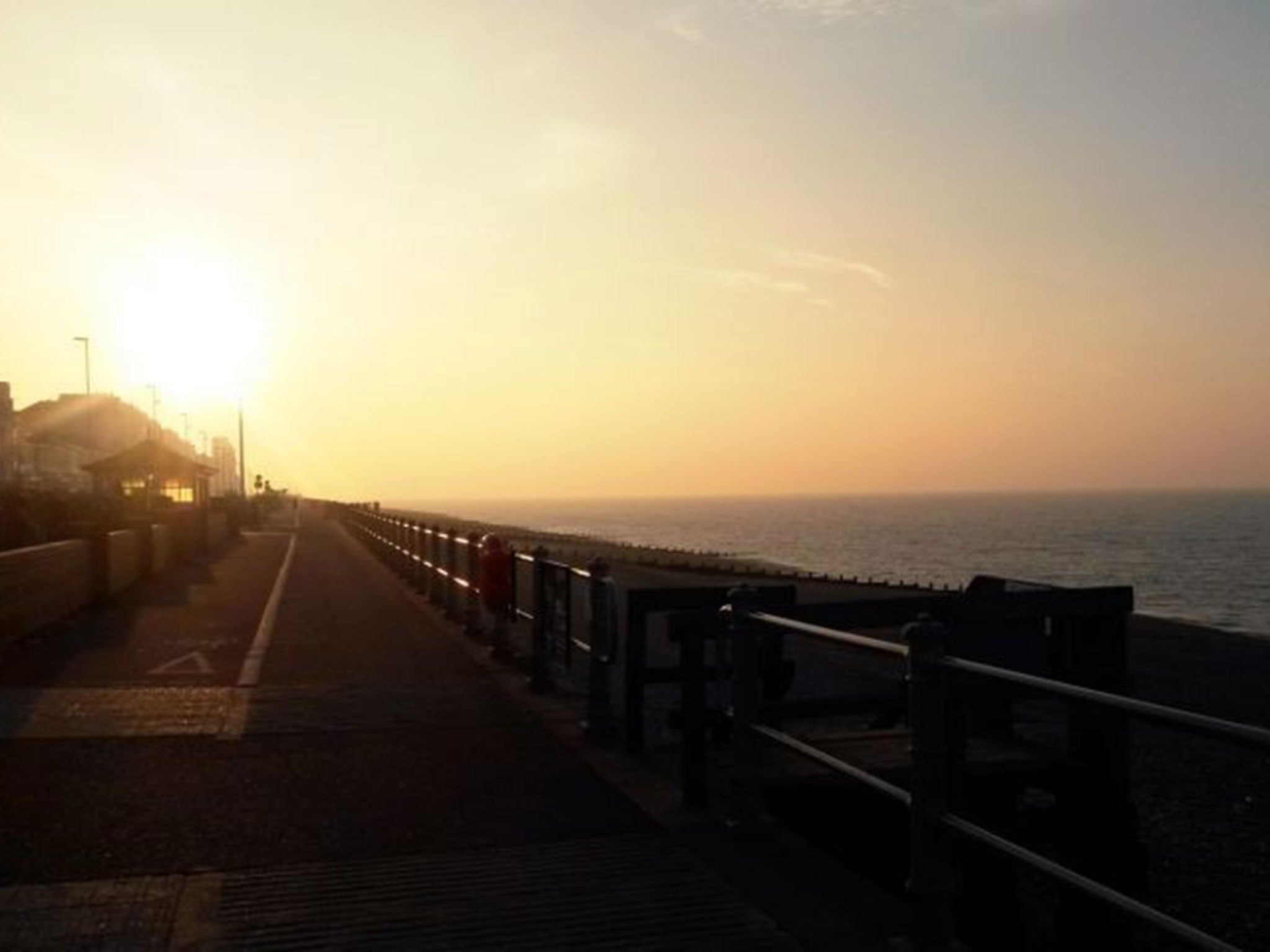UK weather: 'Warmest day of year' comes with air pollution warning as Saharan dust blows in
Temperatures could reach 22C but the sunshine will be obscured by pollution

Your support helps us to tell the story
From reproductive rights to climate change to Big Tech, The Independent is on the ground when the story is developing. Whether it's investigating the financials of Elon Musk's pro-Trump PAC or producing our latest documentary, 'The A Word', which shines a light on the American women fighting for reproductive rights, we know how important it is to parse out the facts from the messaging.
At such a critical moment in US history, we need reporters on the ground. Your donation allows us to keep sending journalists to speak to both sides of the story.
The Independent is trusted by Americans across the entire political spectrum. And unlike many other quality news outlets, we choose not to lock Americans out of our reporting and analysis with paywalls. We believe quality journalism should be available to everyone, paid for by those who can afford it.
Your support makes all the difference.Today could be the UK’s warmest day of the year so far as temperatures reach 22C but those heading outside are being warned of high pollution and dust from the Sahara.
Much of the country will enjoy summer-like conditions but the sunshine will be made hazy by clouds of pollutants sweeping in from Europe.
"Not everywhere is going to have its warmest day of the year, but there's plenty of sunshine around," he added.
"It's really where that sunshine stays the longest that we'll see the warmest temperatures.
"It's not record-breaking by any means, but it's pretty warm for this time of year - early April maximum average temperatures are around 11C to 12C, so to see 22C is well above average."
“This is due to a combination of pollutants trapped near the ground, a light south-easterly flow bringing additional pollutants from the continent and, in addition, a small amount of Saharan dust in the air,” a spokesperson said.
The low air quality has sparked public health warnings for older people and anyone with respiratory conditions to avoid exercising outside.
Simon Birkett, from campaign group Clean Air in London, told the Evening Standard that marathon runners should “very seriously consider” not training in the conditions.
“This is not something to take lightly and dismiss,” he added.

Dr Sotiris Vardoulakis, head of the air pollution and climate change group at Public Health England, said that most people will not be affected but those with existing heart of lung conditions should be wary.
“On occasions where levels are high, adults and children with lung problems, and adults with heart problems, should reduce strenuous physical exertion, particularly outdoors, and particularly if they experience symptoms,” she added.
“Older people should also reduce physical exertion. Anyone experiencing discomfort such as sore eyes, cough or sore throat should consider reducing activity, particularly outdoors.”
Asthma sufferers are being urged to ensure they carry their reliever inhaler as it may be needed more.
The pollution will melt away as fresher, cleaner air from the Atlantic reaches the whole of the UK on Saturday, although levels could still reach “moderate” until falling to “low” by Tuesday.

The unseasonably warm temperatures will also plummet over the next few days as rain spreads across the country.
Charles Powell, a meteorologist with the Met Office, said: “On Friday we could see temperatures of up to 22C across parts of eastern England, particularly to the north of London and into Cambridgeshire.
"But by Saturday morning temperatures will be lower after a band of rain overnight.
"But it's not that it's going to be particularly cold, it's just returning to nearer normal after a week of temperatures being above average, so it will feel slightly colder."
Rain will be possible in many parts of the country overnight and temperatures of around 10C or 11C in the north and around 14C or 15C further south will feel chilly on Saturday.
Doctors have also cautioned hayfever sufferers of an early onslaught of pollen, which is ranging between moderate and low levels according to the Met Office.
Additional reporting by PA
Subscribe to Independent Premium to bookmark this article
Want to bookmark your favourite articles and stories to read or reference later? Start your Independent Premium subscription today.
Join our commenting forum
Join thought-provoking conversations, follow other Independent readers and see their replies
Comments